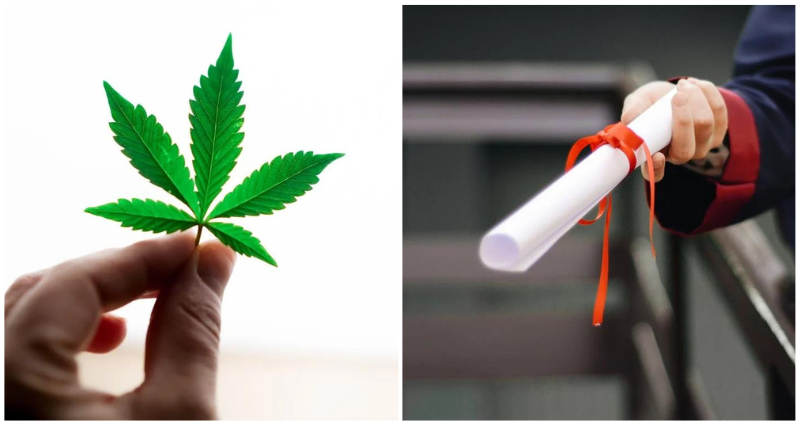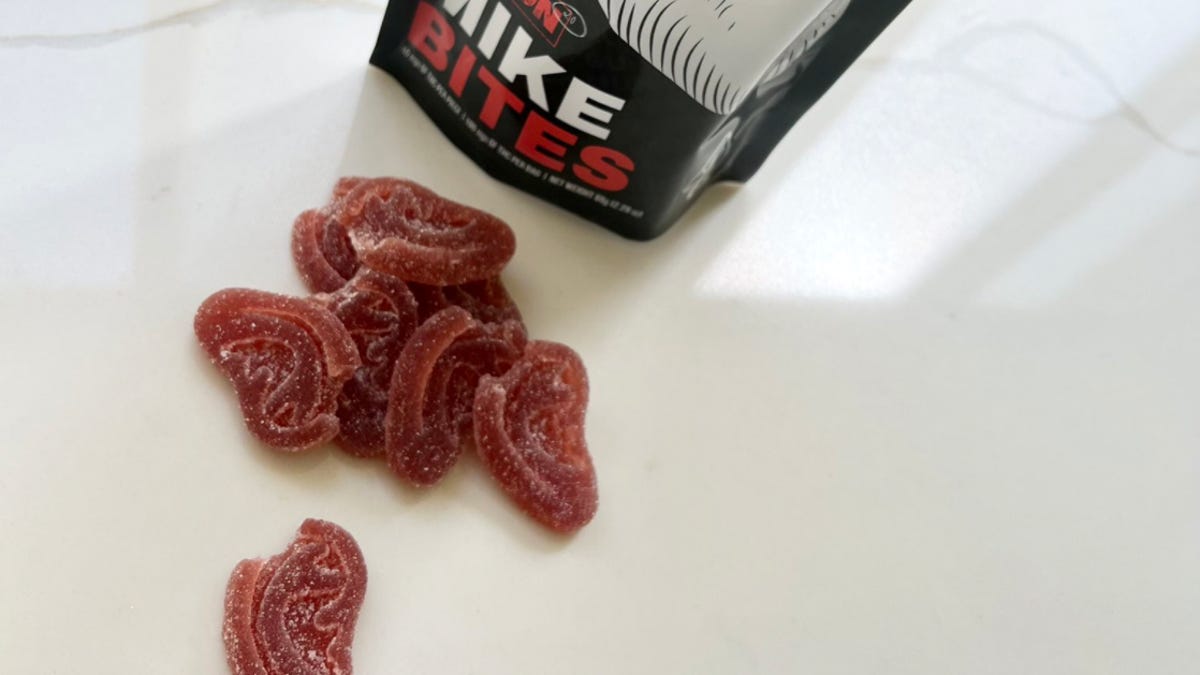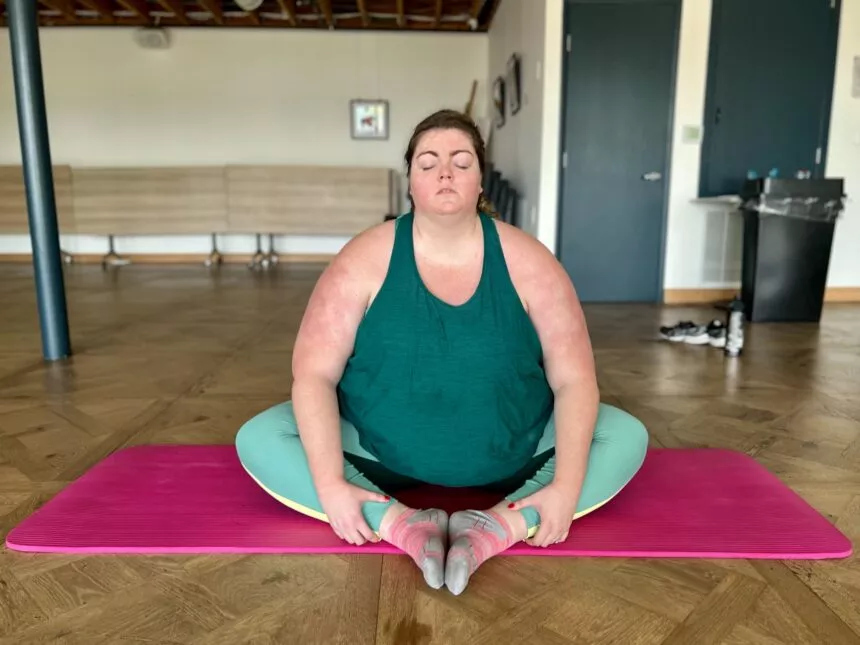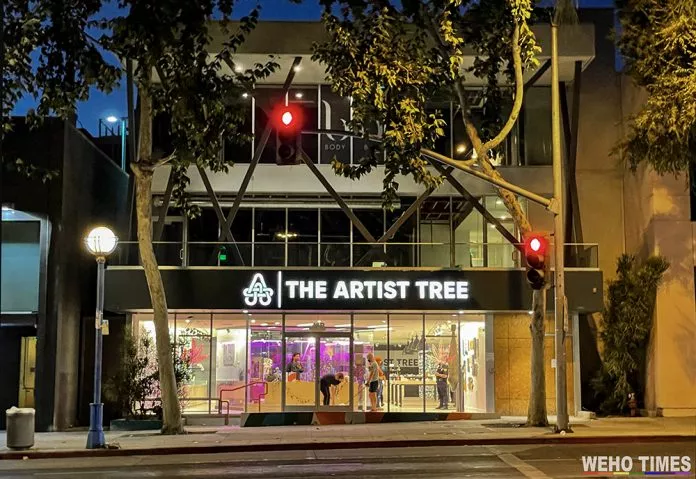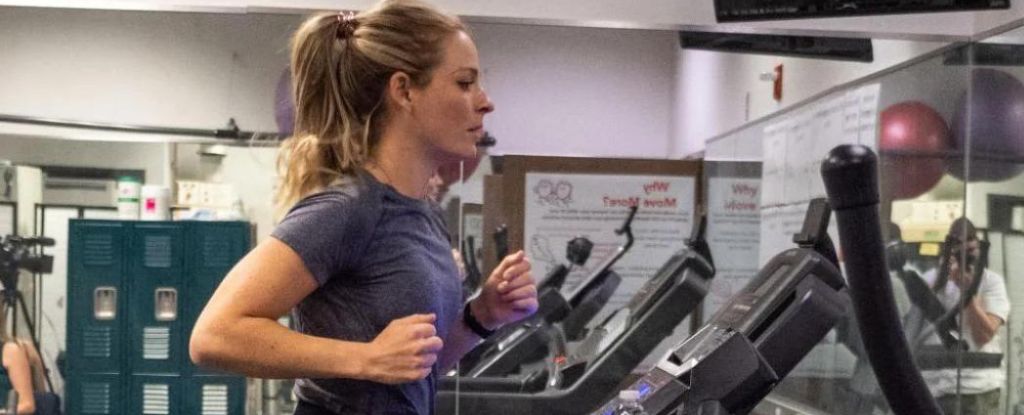Elias Theodorou, Pioneer of Medical Marijuana in Sports, Dies at 34
A Canadian mixed martial artist, he brought cerebral flair to the ring and a dogged determination to his campaign for changing the sport’s drug rules.

Elias Theodorou, right, in 2018 in a middleweight mixed martial arts bout with Eryk Anders of the United States in Toronto. He was already a widely admired sports figure when he took up the cause of medical marijuana.Credit...Vaughn Ridley/Getty Images
By Clay Risen
Published Oct. 2, 2022
Updated Oct. 3, 2022, 4:12 a.m. ET
Elias Theodorou, a cerebral, charismatic mixed martial arts fighter who campaigned to change his sport’s drug rules and is widely believed to be the first professional athlete to receive a therapeutic exemption to use marijuana, died on Sept. 11 at his home in Woodbridge, Ontario, a suburb of Toronto. He was 34.
His brother, Michael, said the cause was colon cancer that had metastasized to his liver.
Countless pro athletes are said to use marijuana — for pain, for anxiety, to focus — but most sports prohibit or heavily regulate its use. In 2019 the PGA suspended the golfer Matt Every for three months after he tested positive for THC, the active ingredient in marijuana, and in 2021 the American sprinter Sha’Carri Richardson was effectively disqualified from the Tokyo Olympics after THC was found in her bloodstream.
Theodorou, who suffered from bilateral neuropathy, which caused tingling pain in his hands and arms, didn’t want to be next. Known for his thoughtful, deliberative fighting style, he applied that same approach to his campaign to win permission to use marijuana during training and preparation for a fight.
He built his case meticulously, collecting research and statements from doctors and lawyers and documenting his own fruitless efforts to find an already permitted alternative, like opioids.
“What I’m trying to strive for is an even playing field,” he told Forbes in 2021. “Anyone with the same kind of injury would be able to take a handful of Vicodin to go and fight and it wouldn’t be an issue.”
Drug rules for sports like mixed martial arts are largely set at the state and provincial level, so he had to tailor his pitch over and over to address different regulations. He won approval from the British Columbia Athletic Commission in 2020, and a year later from a similar body in Colorado. He fought in both jurisdictions, and was planning to seek further exemptions when he was diagnosed with cancer in January.
According to his lawyer, Eric Magraken, he was the first professional athlete in North America to receive such an exemption, and very likely the first in the world.
Theodorou was already a widely admired sports figure when he took up the cause of medical marijuana.
He exploded onto the mixed martial arts scene in 2011, going undefeated for his first four years and signing a contract with the Ultimate Fighting Championship, the sport’s premier promotion company, in 2014.
His fighting style was slow, grinding, even a bit boring. But fans loved him for the charisma and humility he brought to a sport often stereotyped as violent and humorless.
“His personality just stood out, and he brought that into the fight,” Sarah Kaufman, a retired mixed martial arts fighter, said in a phone interview. “He would just be really smart. He was strategic and thoughtful.”
He made much of his long hair, which he wore in cornrows during fights but otherwise let flow down his shoulders. He called himself “the Mane Event,” ran a Twitter account dedicated to his locks and signed a sponsorship deal with Pert Plus, the shampoo brand.
As a model and actor, Theodorou appeared on the cover of 11 Harlequin romance novels (he joked that he was “your mom’s favorite romance cover and your son’s favorite fighter”), had small roles on Canadian television shows like “The Listener” and “Played,” and was a contestant on the Canadian version of “The Greatest Race.”
He also crossed boundaries. He spoke openly about his struggles with dyslexia. In place of the usual scantily clad ring girl who holds a sign announcing the next round in a match, he did the same by moonlighting as a “ring boy” at several events held by Invicta, an all-female mixed martial arts circuit.
“It was a beautiful subversion of this archaic institution,” Geoff Girvitz, owner of Bang Personal Training in Toronto, where Theodorou often worked out, said in a phone interview.
A true happy warrior, Theodorou mixed with fans, palled around with other fighters and generally seemed in gleeful awe of his own success.
“It’s the coolest thing,” he told The Province, a newspaper in Vancouver, British Columbia, in 2014. “Me being me and people wanting to see that is cool. I’m just rolling with the punches — metaphorically speaking and literally inside the cage, too.”

Theodorou during a weigh-in before a fight in 2018. Losing a sidewalk fight as a freshman in college that was captured on video inspired him to take up mixed martial arts.Credit...Tom Szczerbowski/USA Today Sports, via Reuters
Elias Michael Theodorou was born on May 31, 1988, in Mississauga, a suburb of Toronto, to Gary Theodorou, a computer engineer for Ricoh, the camera manufacturer, and Mimi (Bouloukou) Theodorou, a vice president of operations for Bank of America. His parents and his brother survive him.
Unlike most mixed martial artists, Elias didn’t grow up fighting; instead, he skateboarded. It was only in his first year at Humber College, in Toronto, that he took up the sport — and then only after a video of him losing a sidewalk fight went viral, and he started looking for a way to defend himself.
“I’ve said this before, if I ever saw the guy I fought with, even though he sucker-punched me, I’d buy him dinner,” he told The Ottawa Sun in 2019. “It was a catalyst to a healthy career.”
He graduated with a bachelor’s degree in creative advertising in 2010 and fought his first professional match the next year.
Without a background in any particular discipline, Theodorou developed a unique style, one that even two of his coaches called “awkwardly effective,” blending techniques from martial arts like Brazilian jiu-jitsu and Muay Thai as well as wrestling and boxing.
“He was coming into mixed martial arts as a blank slate,” Chad Pearson, his wrestling coach, said in an interview, “and getting pieces from wrestling, getting pieces from jujitsu, getting pieces from striking, and he was literally creating his own set of techniques.”
At 6-foot-1 and about 185 pounds, Theodorou competed as a middleweight, with the nickname the Spartan. He appeared on “The Ultimate Fighter Nations: Canada vs. Australia,” a reality TV competition, in 2013, a year before he joined the Ultimate Fighting Championship.
Theodorou went 8-3 during his five years in the U.F.C., and 19-3 for his career. But over time it became apparent that his measured style was not the right fit for a circuit that emphasized pyrotechnic aggression. After a loss to the American fighter Derek Brunson in 2019, the U.F.C. released him from his contract.
It was a lesson, and a mixed blessing. Theodorou developed a more aggressive style and went undefeated the rest of his career. But the U.F.C. can be all-consuming, and without it he had the freedom to pursue other interests, including his acting and his medical-marijuana advocacy — and, he said, to plan for a time when he would no longer be stepping into the ring.
“No one wants to get hit in the head forever,” he told The Chronicle Herald of Halifax, Nova Scotia, in 2016, “and I still want to find a life after fighting.”
Clay Risen is an obituaries reporter for The Times. Previously, he was a senior editor on the Politics desk and a deputy op-ed editor on the Opinion desk. He is the author, most recently, of “Bourbon: The Story of Kentucky Whiskey.” @risenc
A version of this article appears in print on Oct. 3, 2022, Section A, Page 21 of the New York edition with the headline: Elias Theodorou, 34, a Pioneer Of Medical Marijuana in Sports.



 Reply With Quote
Reply With Quote
